
How many times in your life have you stopped, looked at the life choices you were making and thought, “I need to do better.” Maybe you thought you should change your diet, exercise more, stop smoking, or be more careful about blood pressure or cholesterol.
Research shows those who can reach cardiovascular wellness goals by age 50 can expect to live another 40 years free from heart disease and stroke. What are those wellness goals? Let’s take a look at Life’s Simple Seven, developed by the American Heart Association.
- Managing Blood Pressure. Hypertension, or high blood pressure, is the single most significant risk factor for heart disease. It’s sometimes called “the silent killer” because it has no symptoms. One in three American adults has high blood pressure, yet about 21% don’t even know they have it. Of those with high blood pressure, 69% are receiving treatment, but only 45% have their blood pressure controlled.
- Get Active. The evidence is clear: people who exercise have better health than those who do not. A recent American Heart Association survey shows that fewer than two out of every ten Americans get the recommended 150 minutes or more of moderate physical activity each week.
- Control Cholesterol. Everyone has cholesterol. It’s the waxy substance in your bloodstream and cells. Some cholesterol is important for good health, but too much cholesterol in your blood puts you at major risk for heart disease and stroke. When too much LDL (or bad) cholesterol circulates in the blood, it can slowly build up inside the walls of your arteries that feed your heart and brain. Cholesterol particles combine with other substances in your blood to form plaque. This can narrow the arteries and make them less flexible, putting you at major risk for heart disease and stroke.
- Eat Better. Eating for good health means choosing lots of fruits and vegetables, whole-grain carbohydrates, and fat-free or low-fat dairy products. You might have to train yourself to avoid foods and drinks with high sodium or added sugar. Another perhaps surprising part of healthy eating is to regularly include fish rich in Omega-3’s. It’s great for your heart and your brain.
- Lose Weight. If you’re overweight, don’t waste your energy feeling guilty or bad about it. Instead, do something positive. BMI is the key. BMI is a height-to-weight comparison that helps you identify the healthy weight target for your height. If your BMI is higher than 25, you need to bring that number down. Losing weight means changing the balance of calories into calories out.
- Don’t Smoke. Even if you’ve smoked for years, your body can start the repair process as soon as you stop. If you’re ready to start your plan for smoke-free health, it’s a good idea to talk with your healthcare provider. Medication can be helpful for some people during the kick-the-habit phase and research shows combining medical and behavioral therapies can increase success rates.
- Reduce Blood Sugar. Your digestion turns all carbohydrates into sugar or glucose which is then carried throughout your bloodstream to give you energy. Complex carbohydrates like whole-wheat breads and grains, and fruits and vegetables take longer to digest, helping to keep your energy supply steady. But simple sugars, like sweets, donuts, and white bread are very quickly converted into glucose, which can cause your body to call for extra surges of a hormone, insulin, to help regulate the energy supply. If your blood sugar is high, as often happens when you maintain a diet with too many simple carbohydrates, there will be a growth of plaque in your arteries. Diabetes is treatable but very dangerous and can often lead to heart disease and stroke. Even if you don’t have diabetes, you need to know your blood sugar level. Be sure to get a blood sugar level test after fasting at least every three years, because controlling glucose is an important part of stopping heart disease before it starts.
Remember, Life’s Simple Seven work together to help you build a better and stronger life, so by investing in improving in one area, like your blood sugar levels, you are likely to improve your weight and nutrition, too. However, without a plan, you’ll be at an increased risk of heart disease, stroke and other illnesses and disabilities. You may see an increased need for surgeries and other medical treatments, and you’ll almost certainly face a diminished quality of life.

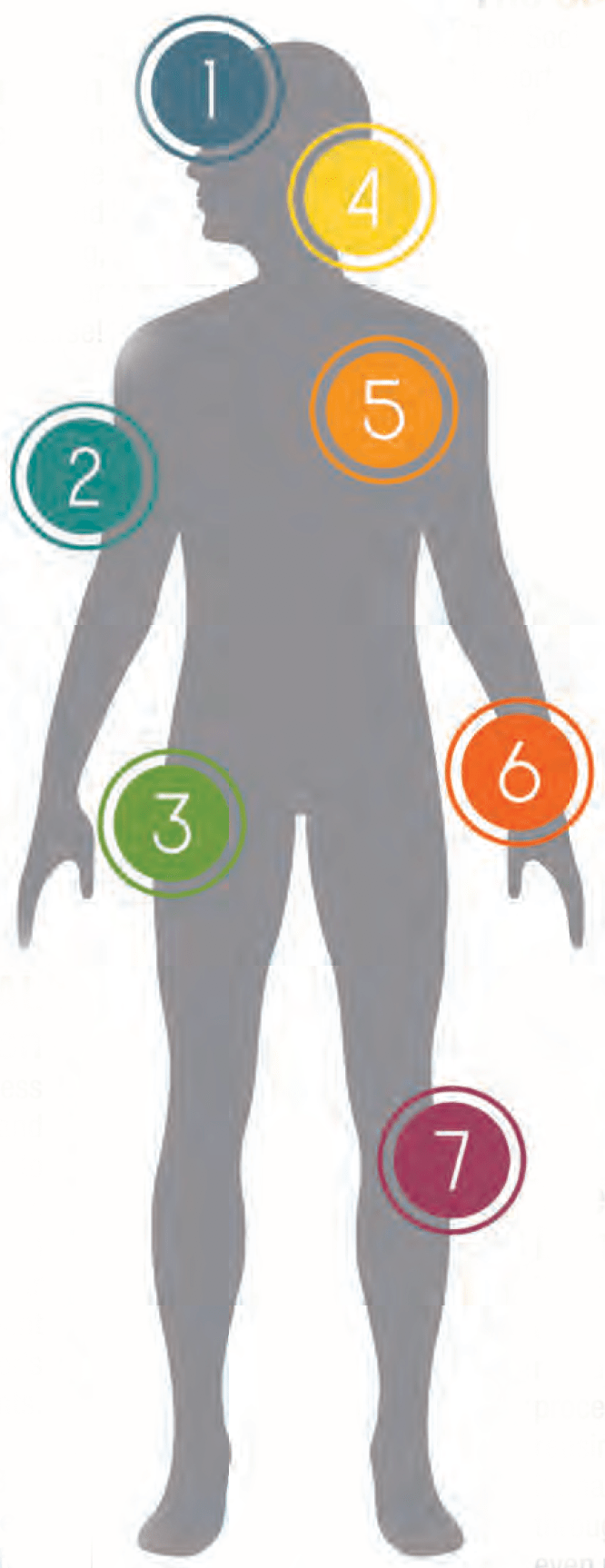 The Intellectual Dimension
The Intellectual Dimension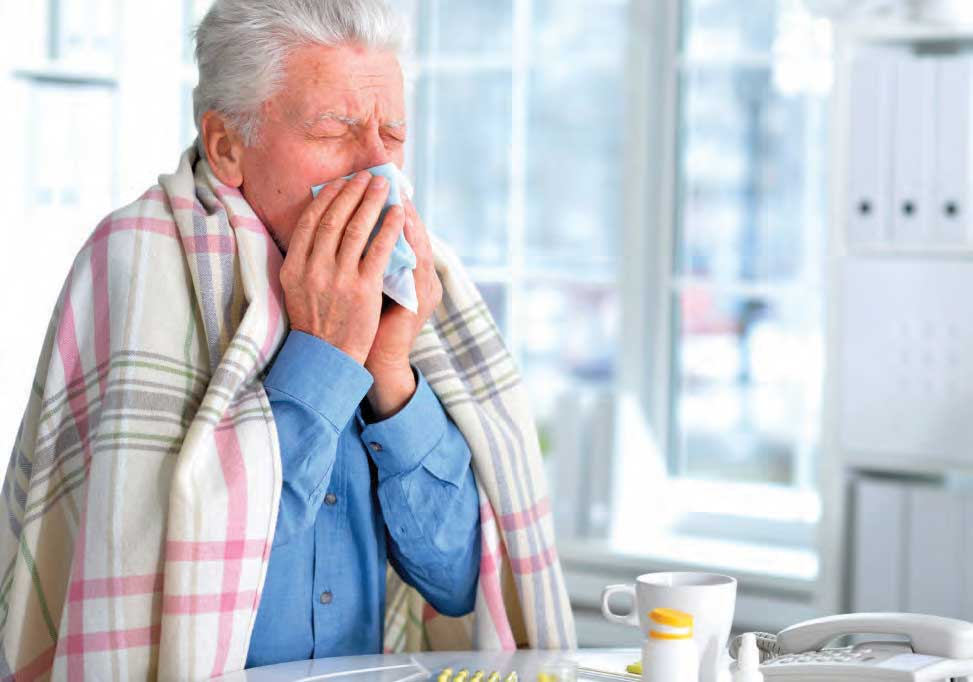
 Handwashing plays a major role in preventing the spread of diseases. According to the CDC, handwashing is the single most important means of preventing the spread of infections. Washing your hands regularly with soap and water can protect you from many illness caused by viruses and bacteria. If soap and water are not available, use an alcohol-based handrub (wipes or gel).
Handwashing plays a major role in preventing the spread of diseases. According to the CDC, handwashing is the single most important means of preventing the spread of infections. Washing your hands regularly with soap and water can protect you from many illness caused by viruses and bacteria. If soap and water are not available, use an alcohol-based handrub (wipes or gel).

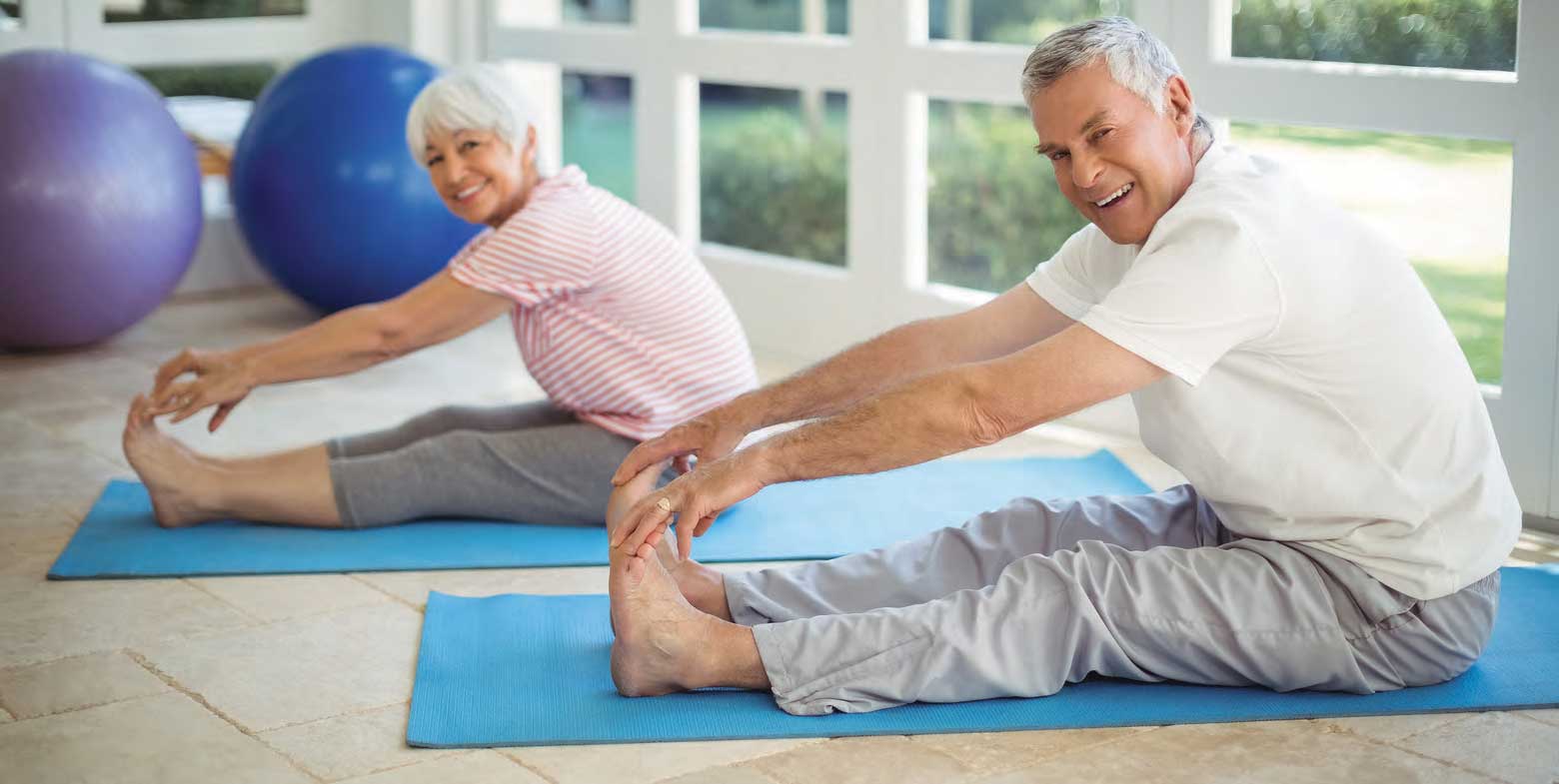
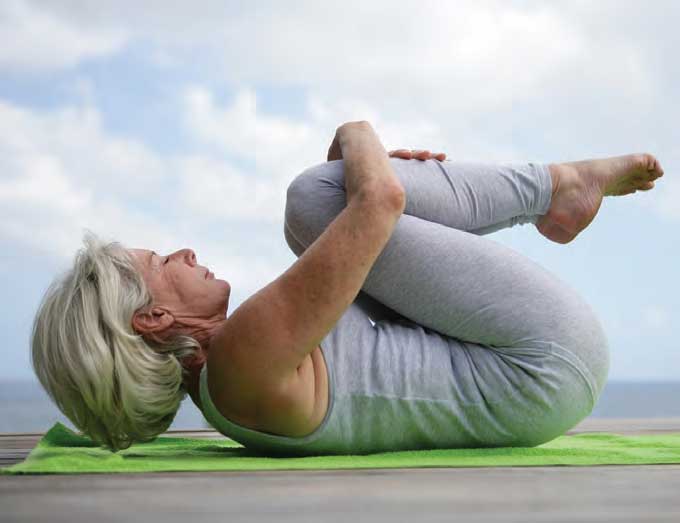 There are several factors that predispose us to have altered posture as we age and each will be considered. But before mentioning each factor, it is important to know that our bones, muscles, and joints are all part of the musculoskeletal system that defines our posture. The backbone or vertebral column is made up of the bones (called vertebra), joint-like spaces called intervertebral discs, and muscles. Age has a pronounced effect on all three and over time the back tends to curve forward resulting in an increasingly stooped posture.
There are several factors that predispose us to have altered posture as we age and each will be considered. But before mentioning each factor, it is important to know that our bones, muscles, and joints are all part of the musculoskeletal system that defines our posture. The backbone or vertebral column is made up of the bones (called vertebra), joint-like spaces called intervertebral discs, and muscles. Age has a pronounced effect on all three and over time the back tends to curve forward resulting in an increasingly stooped posture. As with most age-related changes, there are things that we can do to prevent or delay the changes. The list below shows factors that we choose and which can improve our posture. Most of the factors are self-explanatory and well known to readers of this column. Exercise is by far the most important factor in maintaining a younger posture because it improves the bone and muscle functions that are essential in maintaining musculoskeletal health. The last item, paying attention to erect posture and not slumping, is easier said than done. One must be mindful of proper carriage.
As with most age-related changes, there are things that we can do to prevent or delay the changes. The list below shows factors that we choose and which can improve our posture. Most of the factors are self-explanatory and well known to readers of this column. Exercise is by far the most important factor in maintaining a younger posture because it improves the bone and muscle functions that are essential in maintaining musculoskeletal health. The last item, paying attention to erect posture and not slumping, is easier said than done. One must be mindful of proper carriage.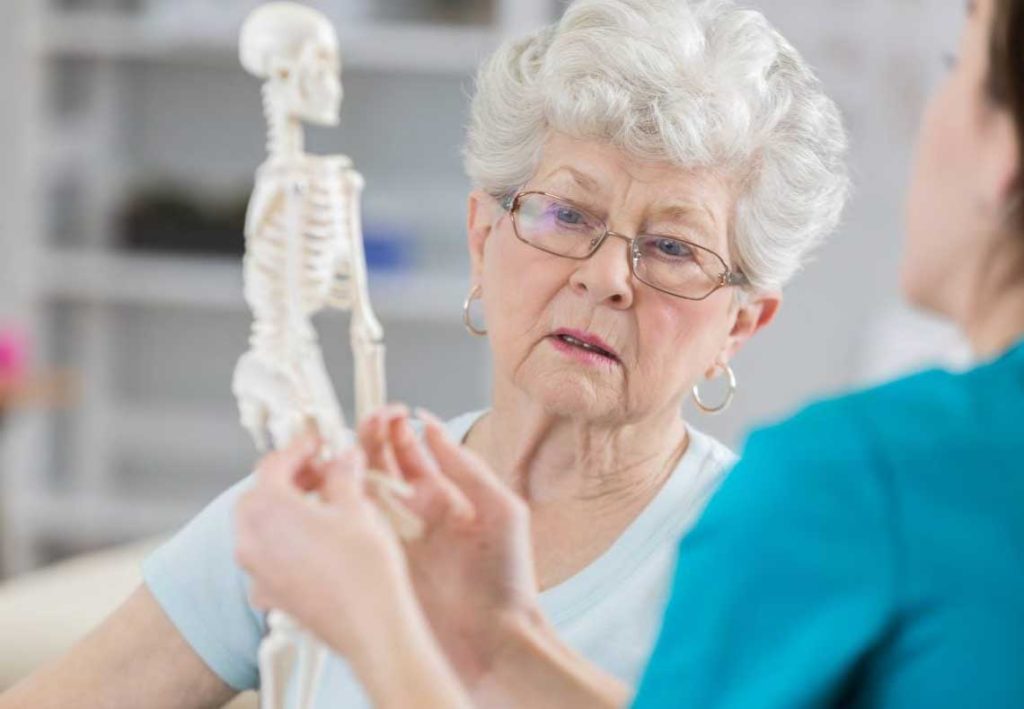 Risk factors of osteoporosis include gender, race and age. Being female, of Caucasian or Asian descent and older in age all increase the risk of osteoporosis. Family history of osteoporosis and/or personal history of broken bones also play a role. Those that have lower levels of hormones such as estrogen or testosterone or low vitamin D and calcium intake are also at risk. Long-term use of tobacco, alcohol and some medications can also place individuals at a greater risk for osteoporosis.
Risk factors of osteoporosis include gender, race and age. Being female, of Caucasian or Asian descent and older in age all increase the risk of osteoporosis. Family history of osteoporosis and/or personal history of broken bones also play a role. Those that have lower levels of hormones such as estrogen or testosterone or low vitamin D and calcium intake are also at risk. Long-term use of tobacco, alcohol and some medications can also place individuals at a greater risk for osteoporosis.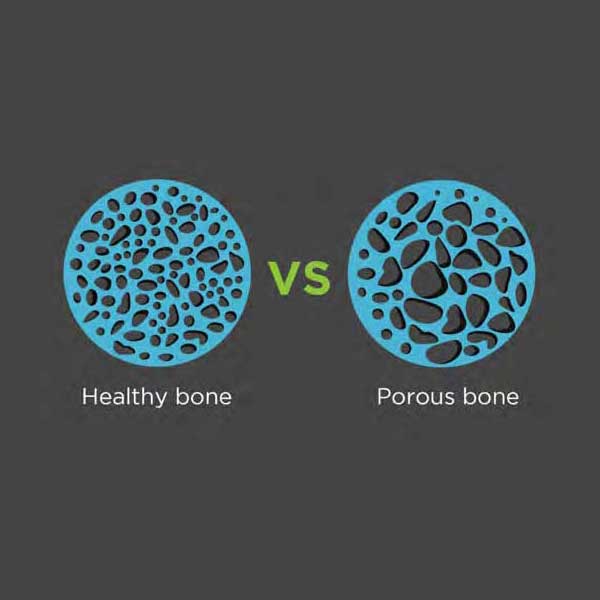

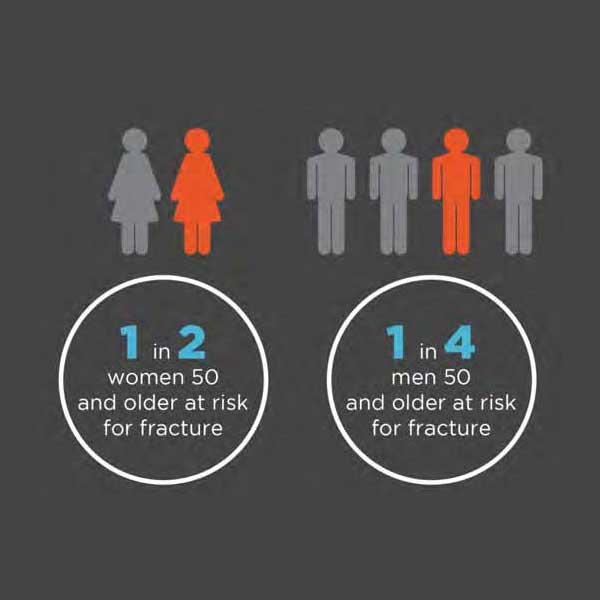
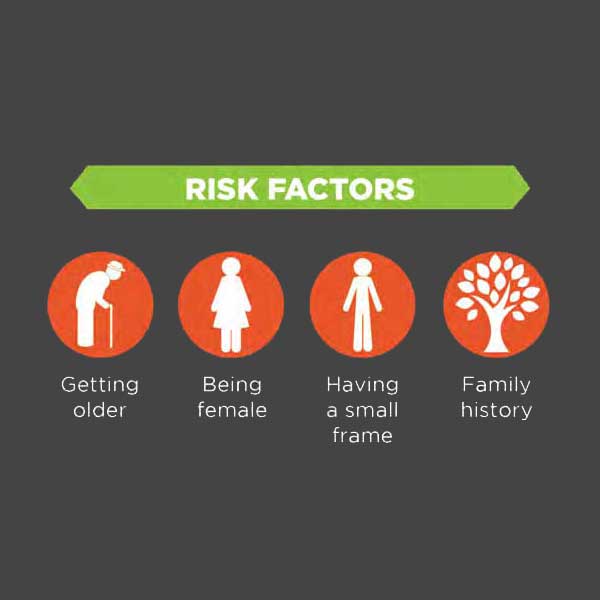
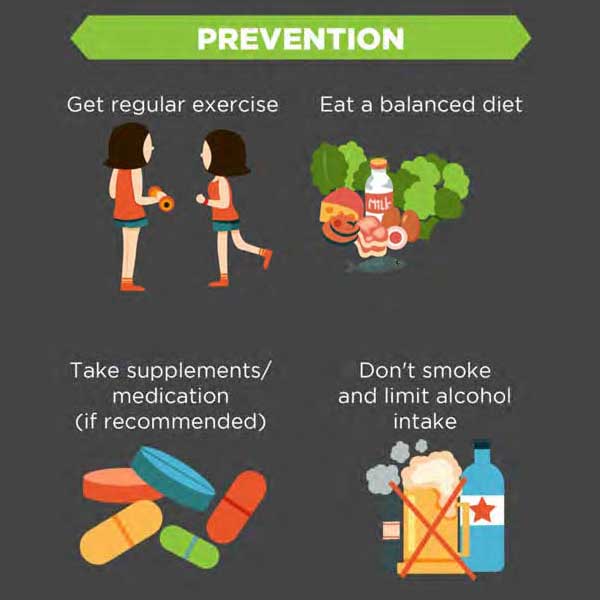
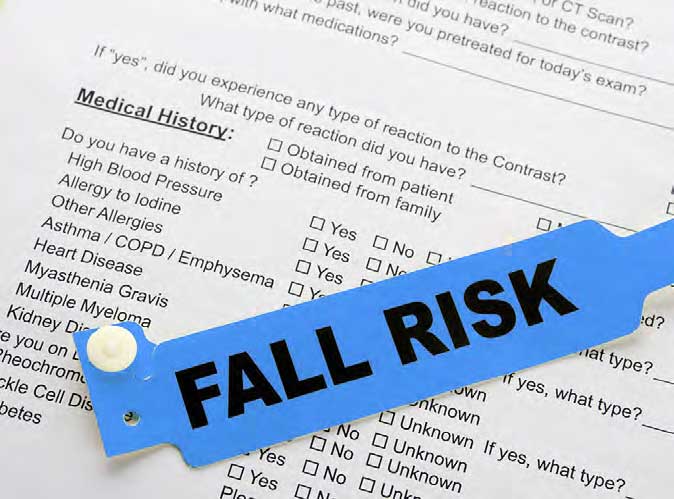 One out of three older adults (those aged 65 or older) falls each year, but less than half talk to their healthcare providers about it. If you have a fall or incident, you want to report it to your healthcare provider because it may be an indication of larger problems or issues. Many people who fall, even if they are not injured, develop a fear of falling. This fear may cause them to limit their activities, which leads to reduced mobility and loss of physical fitness, and in turn, increases their actual risk of falling.
One out of three older adults (those aged 65 or older) falls each year, but less than half talk to their healthcare providers about it. If you have a fall or incident, you want to report it to your healthcare provider because it may be an indication of larger problems or issues. Many people who fall, even if they are not injured, develop a fear of falling. This fear may cause them to limit their activities, which leads to reduced mobility and loss of physical fitness, and in turn, increases their actual risk of falling.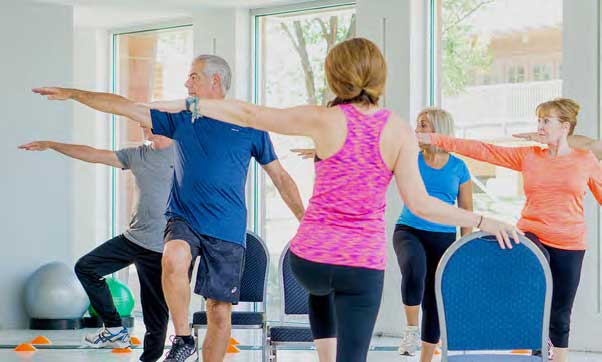 There are many ways to prevent falls from happening. Exercise regularly, it is important that the exercises focus on increasing leg strength and improving balance, and that they get more challenging over time. You want to ask your doctor/pharmacist to review your medications. They can identify what medicines may cause side effects such as dizziness or drowsiness. Making your home safer can reduce and tripping hazards. Be sure to add grab bars wherever needed, improve the lighting in your home, repair or remove lose carpets, and you want to be sure to rearrange any furniture and electrical cords that may be in walking paths. Lastly, you want to always take care of yourself and live a healthy lifestyle. You want to have regular vision and hearing checkups, get adequate amounts of vitamin D and calcium, exercise regularly and eat a healthy, well-balanced diet. Preventing falls can help you live a more independent life. If you can prevent a fall you are less likely to have an injury that can prevent you from carrying on your daily activities, such as bathing, cooking, shopping, or just going for a walk.
There are many ways to prevent falls from happening. Exercise regularly, it is important that the exercises focus on increasing leg strength and improving balance, and that they get more challenging over time. You want to ask your doctor/pharmacist to review your medications. They can identify what medicines may cause side effects such as dizziness or drowsiness. Making your home safer can reduce and tripping hazards. Be sure to add grab bars wherever needed, improve the lighting in your home, repair or remove lose carpets, and you want to be sure to rearrange any furniture and electrical cords that may be in walking paths. Lastly, you want to always take care of yourself and live a healthy lifestyle. You want to have regular vision and hearing checkups, get adequate amounts of vitamin D and calcium, exercise regularly and eat a healthy, well-balanced diet. Preventing falls can help you live a more independent life. If you can prevent a fall you are less likely to have an injury that can prevent you from carrying on your daily activities, such as bathing, cooking, shopping, or just going for a walk.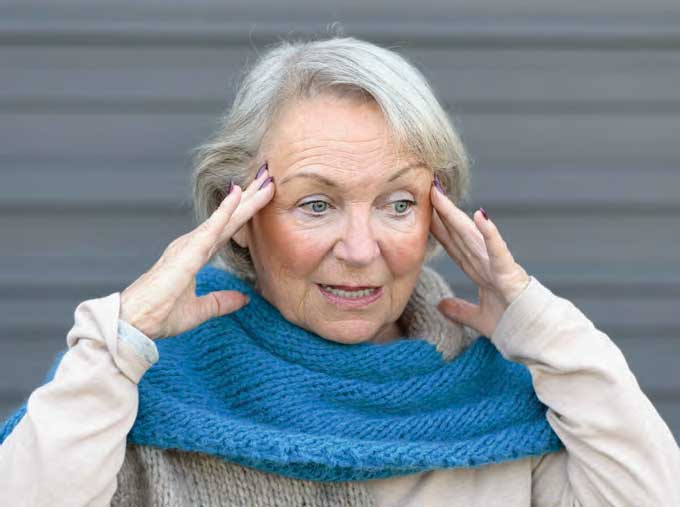 Knowing the signs of a stroke is the first step in stroke prevention. A stroke is sometimes called a “brain attack”, it occurs when blood flow to an area of the brain is cut off. The brain cells become deprived of the oxygen and glucose needed to survive which causes them to die.
Knowing the signs of a stroke is the first step in stroke prevention. A stroke is sometimes called a “brain attack”, it occurs when blood flow to an area of the brain is cut off. The brain cells become deprived of the oxygen and glucose needed to survive which causes them to die.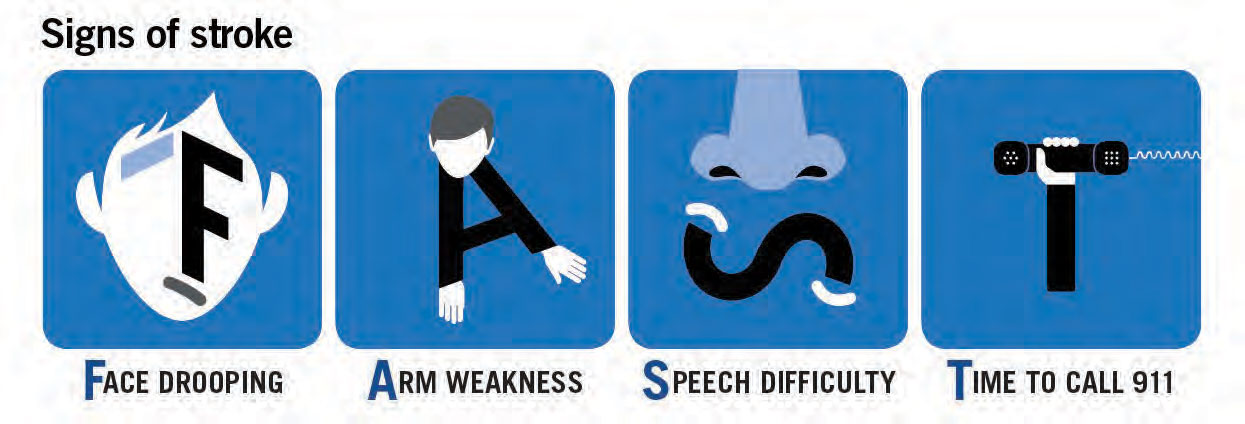


 © 2025 Kirby Pines LifeCare Community. All Rights Reserved |
© 2025 Kirby Pines LifeCare Community. All Rights Reserved | 